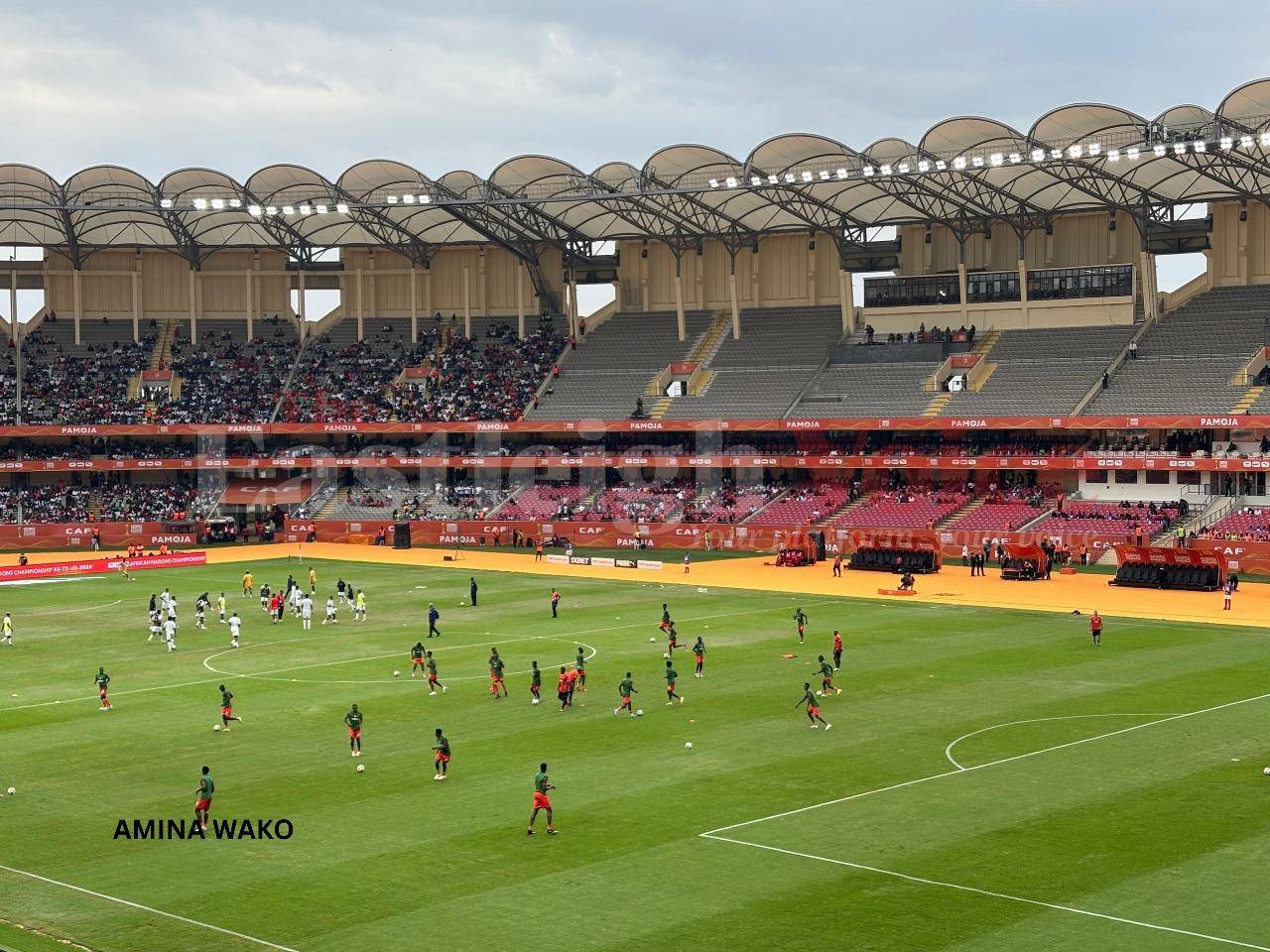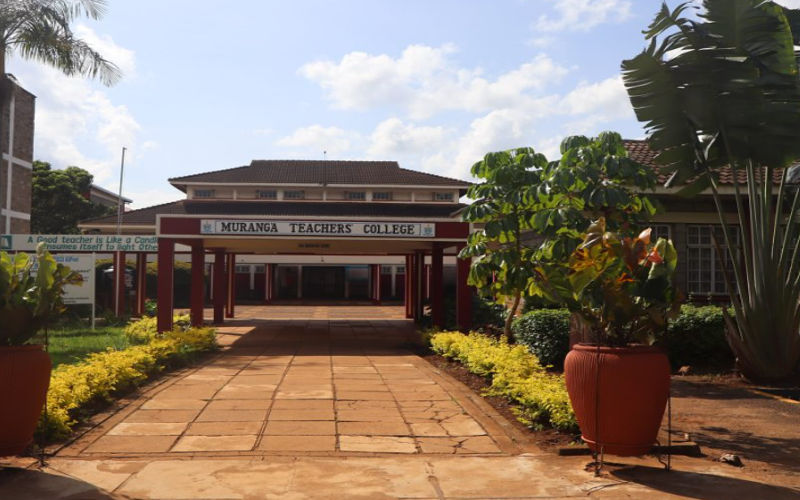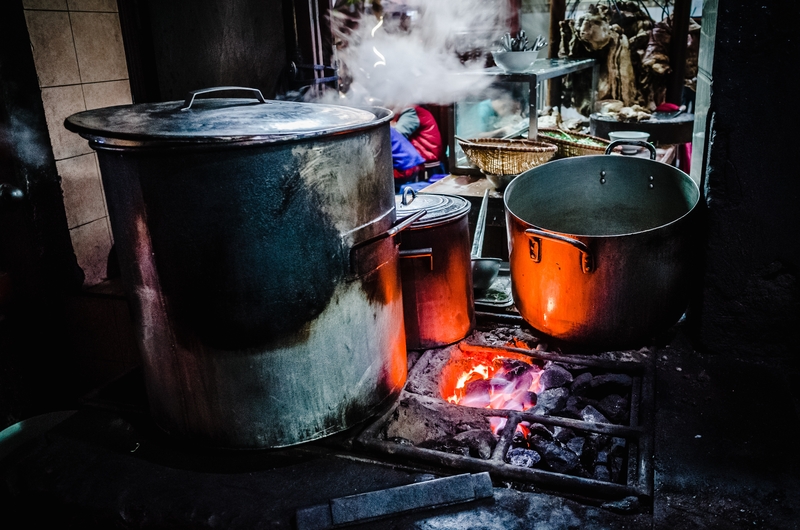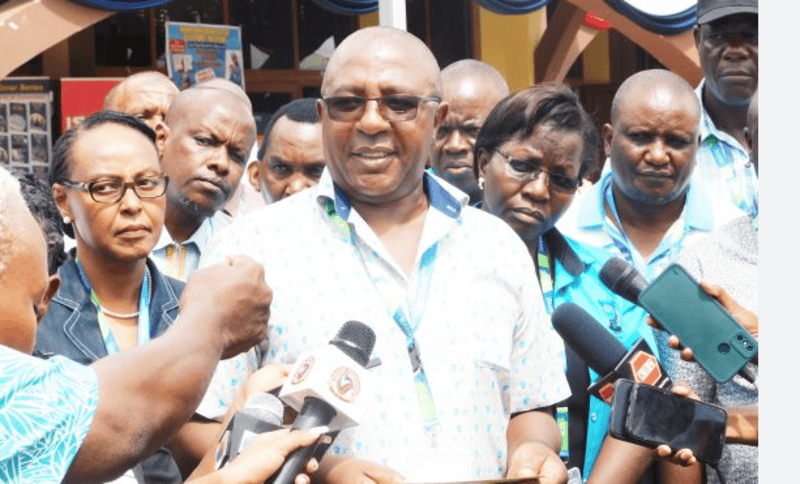Sudan’s war is an economic disaster: Here’s how bad it could get
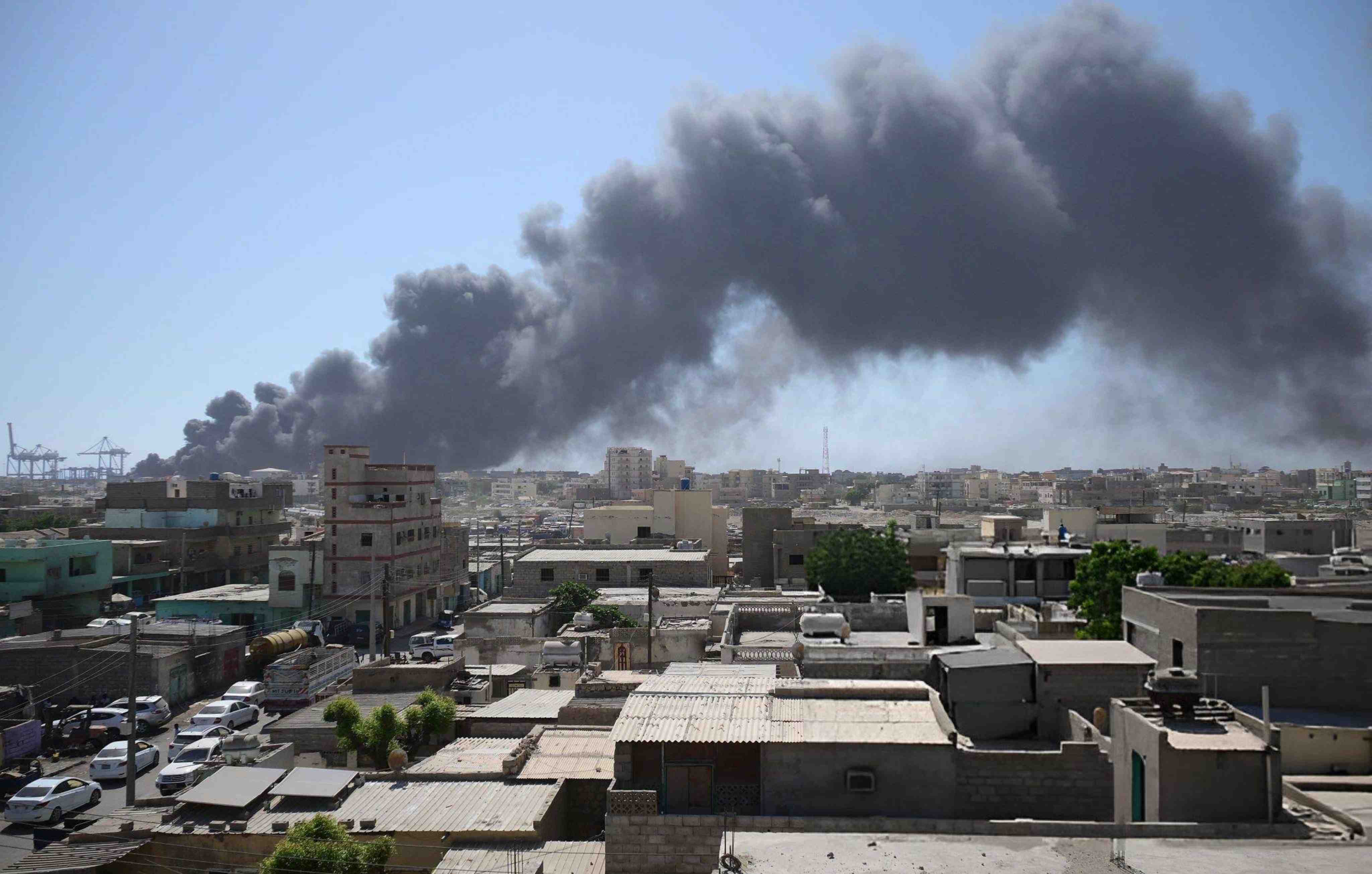
Sudan’s war is more than a political crisis. It is an economic catastrophe unfolding in real time. One that is deepening poverty, destroying livelihoods and erasing years of progress.
Khalid Siddig, International Food Policy Research Institute (IFPRI)
More To Read
- WFP aid convoy attacked in Sudan's North Darfur, food relief trucks torched
- Sudan government relocates ministries from war-ravaged Khartoum to safer cities
- Grenade attack forces MSF to suspend life-saving services at Zalingei Hospital in Darfur
- Sudan’s army chief Abdel Fattah al-Burhan reshuffles top command amid civil war
- Sudan army accused of torture, 'execution chambers' in Khartoum as war fuels famine, cholera crisis
- 31 killed, 13 injured in RSF attack in El Fasher, Western Sudan: volunteer groups
Since April 2023, Sudan has been engulfed in a devastating war between the Sudanese Armed Forces and the Rapid Support Forces.
What began as a struggle for power has turned into a national catastrophe. More than 14 million people have been displaced. Health and education systems have collapsed, and food insecurity threatens over half the population of about 50 million.
The war has disrupted key sectors, triggering severe economic contractions and worsening poverty and unemployment levels.
Sudan’s finance minister reported in November 2023 that the war had resulted in economic losses exceeding US$26 billion, or more than half the value of the country’s economy a year earlier. The industrial sector, which includes manufacturing and oil refining, has lost over 50 per cent of its value. Employment has fallen by 4.6 million jobs over the period of the conflict. More than 7 million more people have been pushed into poverty. The agrifood system alone has shrunk by 33.6 per cent. These estimates exclude informal economy losses.
My research applies economy-wide models to understand how conflict affects national development. In a recent study, my colleagues and I used this approach to answer the question: What will happen to Sudan’s economy and poverty levels if the war continues through 2025?
To assess the economic impact of the conflict, we used a Social Accounting Matrix multiplier model. This is a tool that captures how shocks affect different sectors and other agents of the economy, such as firms, government and households.
Based on our modelling, the answer is devastating: the conflict could shrink the size of Sudan’s economy by over 40 per cent from 2022 levels, plunging millions more into poverty.
We modelled two scenarios to capture the potential trajectories of Sudan’s economy.
The extreme scenario assumes a sharp initial collapse, with a 29.5 per cent contraction in the size of the economy in 2023 and 12.2% in 2024, followed by a 7 per cent decline in 2025, reflecting some stabilisation over time.
The moderate scenario, based on World Bank projections, applies a 20.1 per cent contraction in 2023 and a 15.1 per cent drop in 2024, also followed by a 7 per cent reduction in 2025, indicating a slower but more prolonged deterioration.
We estimated the annual figures and report only the aggregate impacts through 2025 for clarity.
We found that if the conflict endures, the value of Sudan’s economy will contract by up to 42 per cent from US$56.3 billion in 2022 (pre-conflict) to US$32.4 billion by the end of 2025. The backbone of livelihoods – agriculture – will be crippled. And the social fabric of the country will continue to fray.
How we did it
Our Social Accounting Matrix multiplier model used data from various national and international sources to show the impact of conflict on the value of the economy, its sectors and household welfare.
We connected this to government and World Bank data to reflect Sudan’s current conditions.
This allowed us to simulate how conflict-driven disruptions affect the value of the economy, its sectors and household welfare.
What we found
Under the extreme scenario, we found:
- Gross domestic product collapse: Gross domestic product (GDP) measures the total value of all goods and services produced in a country within a year. It’s a key indicator of economic health. We found that the value of Sudan’s economy could contract by up to 42 per cent. This means the country would be producing less than 60 per cent of what it did before the conflict. This would affect incomes, jobs, government revenues and public services. The industrial sector – heavily concentrated in Khartoum – would be hardest hit, with output shrinking by over 50 per cent. The value of services like education, health, transport and trade would fall by 40 per cent, and agriculture by more than 35 per cent.
- Job losses: nearly 4.6 million jobs – about half of all employment – could disappear. Urban areas and non-farm sectors would be worst affected, with over 700,000 farming jobs at risk.
- Incomes plummet: household incomes would decline across all groups – rich and poor, rural and urban – by up to 42 per cent. Rural and less-educated households suffer the most.
- Poverty spikes: up to 7.5 million more people could fall into poverty, adding to the 61.1 per cent poverty level in 2022. In rural areas, the poverty rate could jump by 32.5 percentage points from the already high rural poverty rate pre-conflict (67.6 per cent of the rural population). Women, especially in rural communities, are hit particularly hard. Urban poverty, which was at 48.8% pre-conflict, increased by 11.6 percentage points.
- The agrifood system, which includes farming, food processing, trade and food services, would lose a third of its value under the extreme scenario.
Why these findings matter
Sudan was already in a fragile state before the war. It was reeling from decades of underinvestment, international sanctions and institutional breakdown.
The war has reversed hard-won gains in poverty reduction. It is also dismantling key productive sectors – from agriculture to manufacturing, which will be essential for recovery once the conflict ends. Every month of continued fighting adds to the damage and raises the cost of rebuilding.
Our projections already show major economic collapse, yet they don’t include the full extent of the damage. This includes losses in the informal economy or the strain on household coping strategies. The real situation could be even worse than what the data suggests.
What needs to be done
First and foremost, peace is essential. Without an end to the fighting, recovery will be impossible.
Second, even as conflict continues, urgent action is needed to stabilise livelihoods. This means:
- Supporting agriculture in areas that remain relatively safe. Food production must be sustained to prevent famine.
- restoring critical services where possible – particularly transport, trade and retail – to keep local economies functioning
- Protecting the most vulnerable, such as women in rural areas and the elderly, through expanded social protection and targeted cash assistance.
Third, prepare for recovery. The international community – donors, development banks and NGOs – must begin laying the groundwork for post-conflict reconstruction now. This includes investment in public infrastructure, rebuilding institutions and re-integrating displaced populations.
The bottom line
Sudan’s war is more than a political crisis. It is an economic catastrophe unfolding in real time. One that is deepening poverty, destroying livelihoods and erasing years of progress.
Our research provides hard numbers to describe what Sudanese families are already experiencing every day.
The Conversation
Khalid Siddig, Senior Research Fellow and Program Leader for the Sudan Strategy Support Program, International Food Policy Research Institute (IFPRI)
This article is republished from The Conversation under a Creative Commons license. Read the original article.
Top Stories Today




